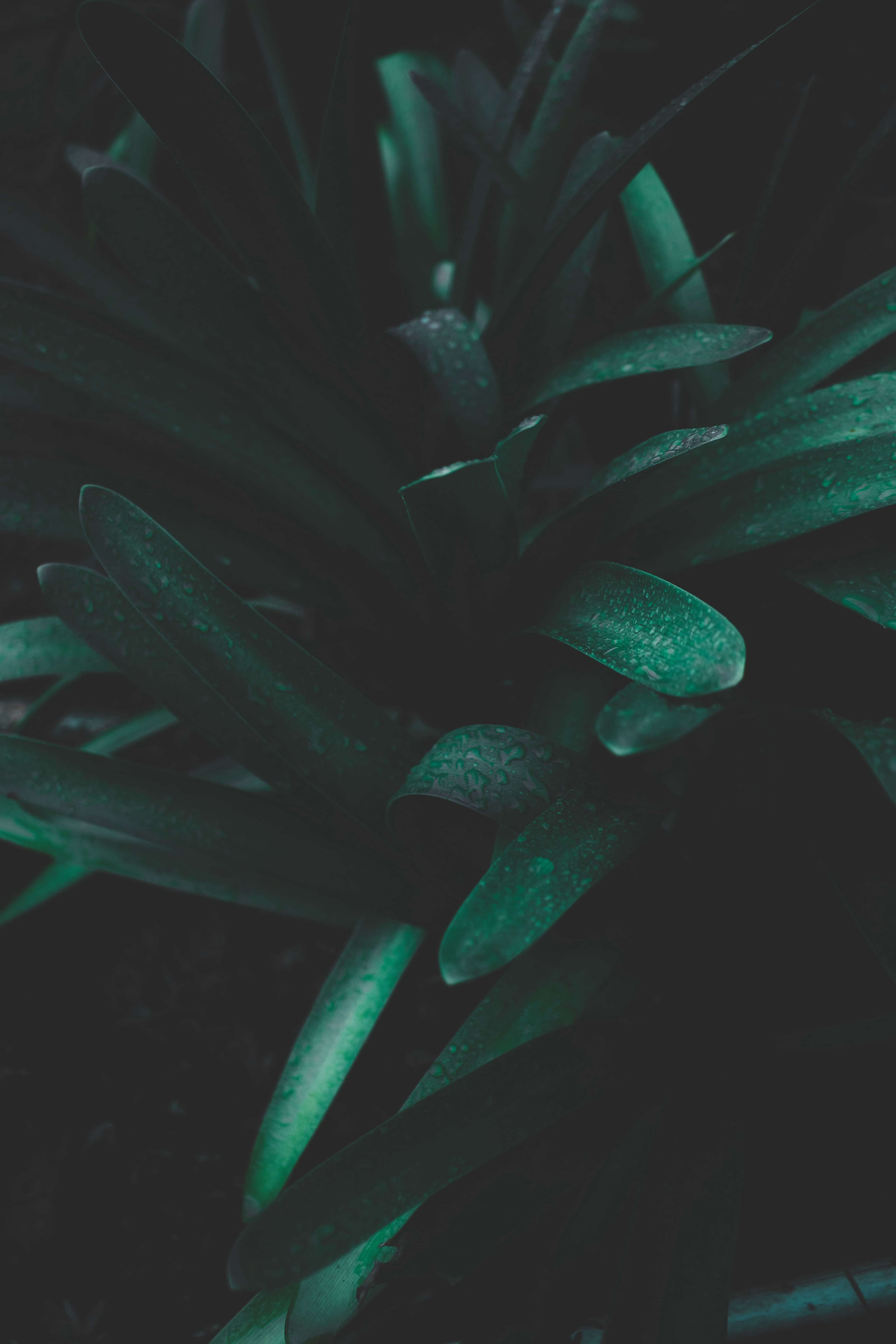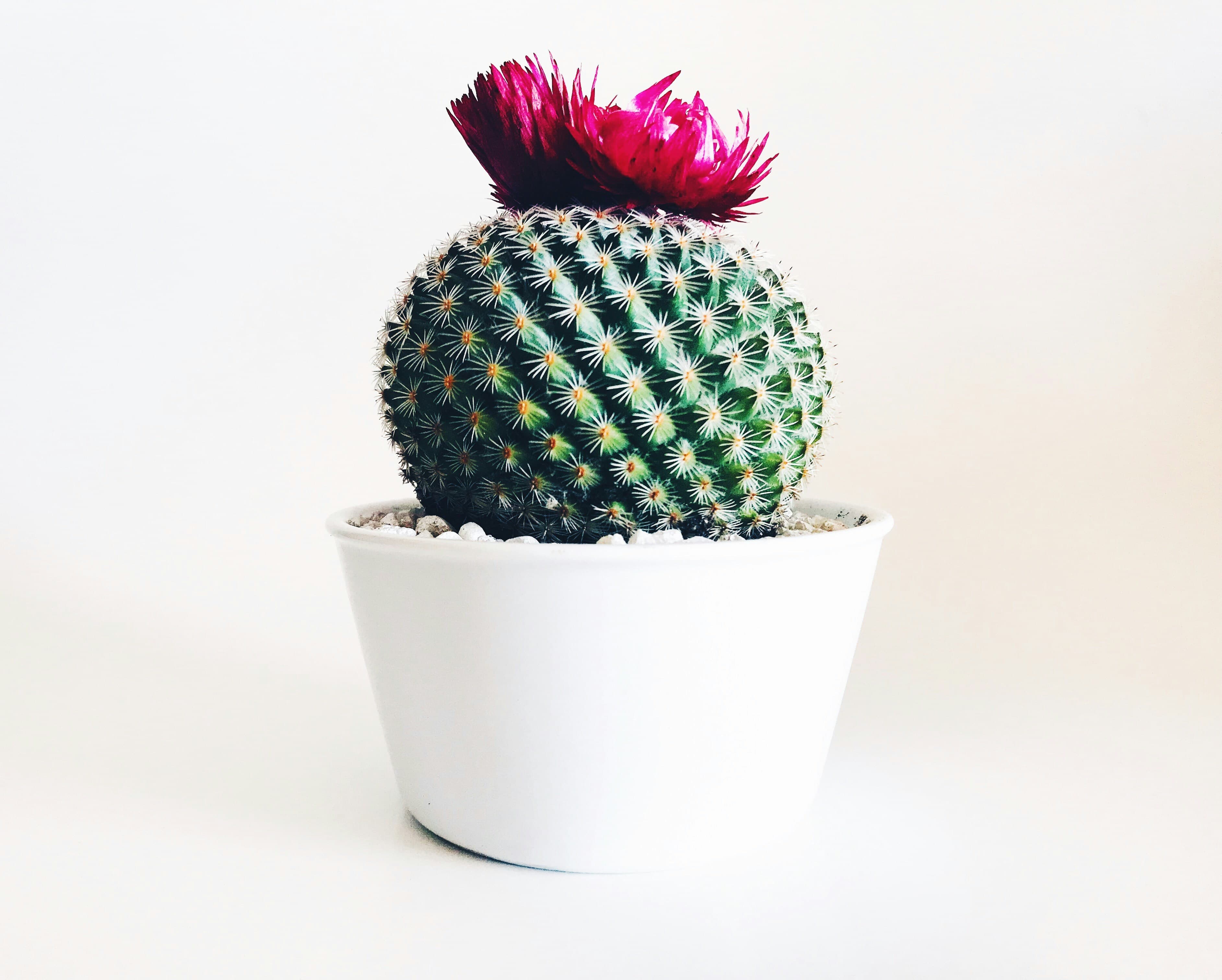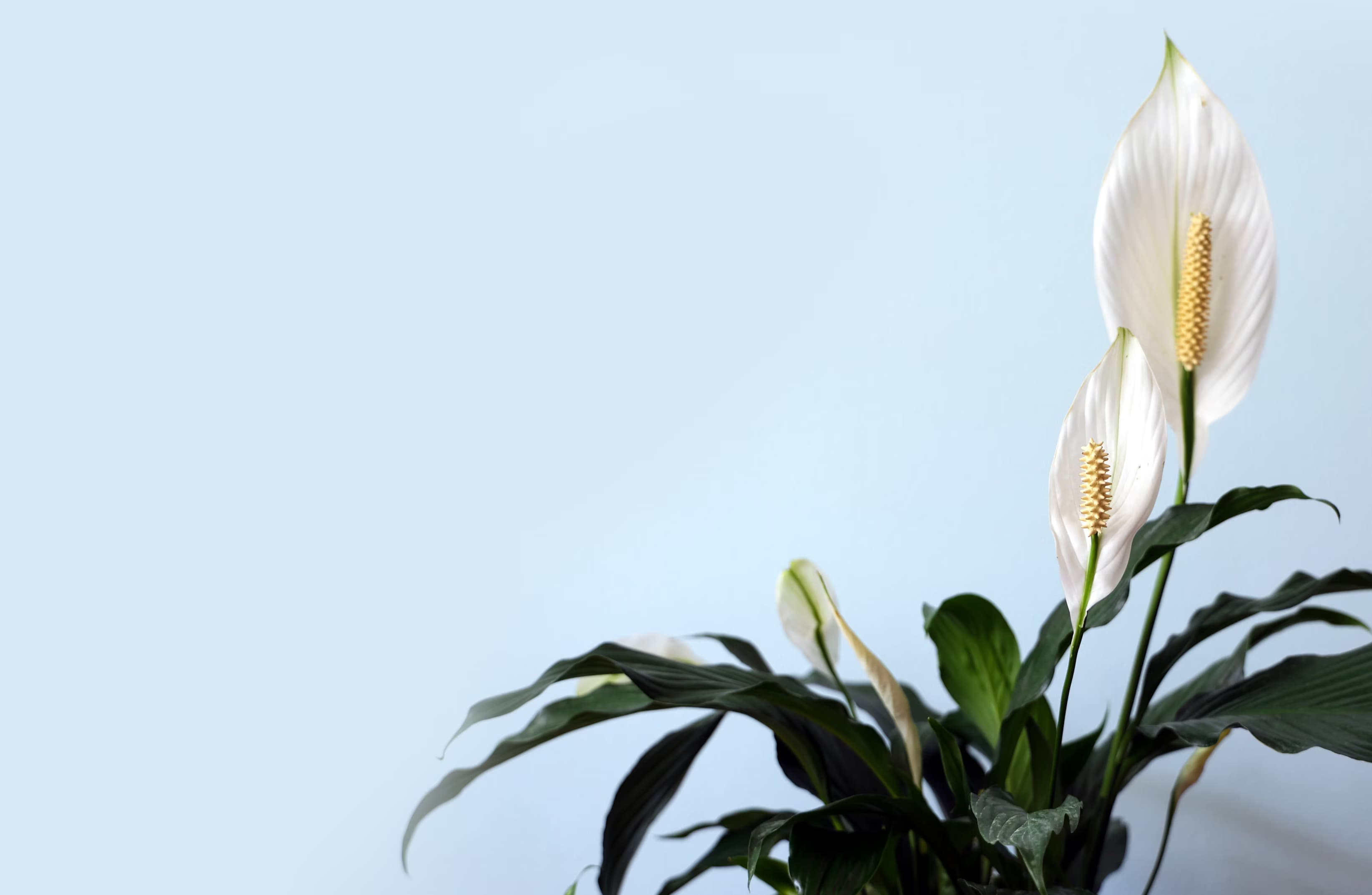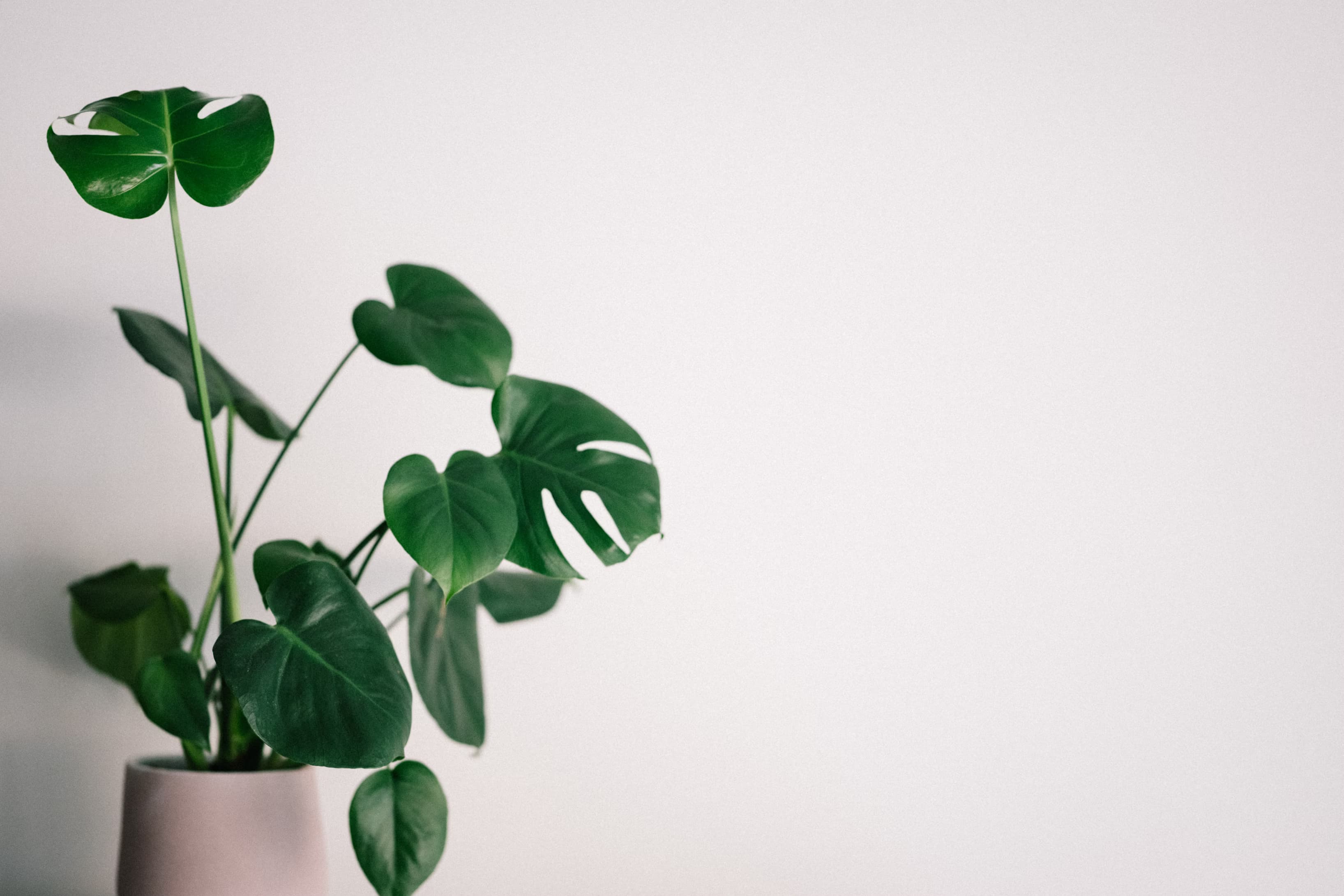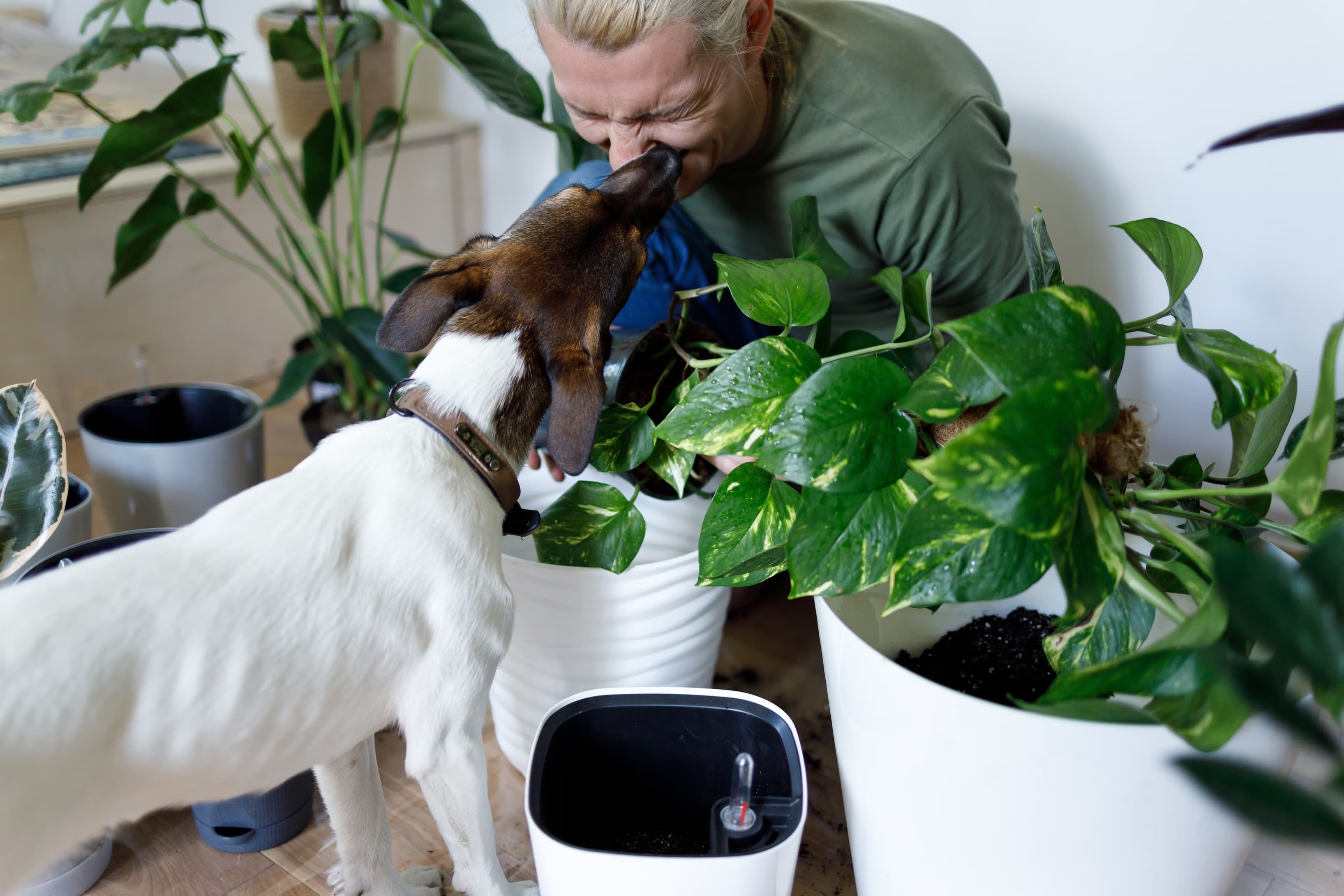
Pet Friendly Plants Care Guide
Non-toxic plants that are safe for pets
Featured Pet Friendly
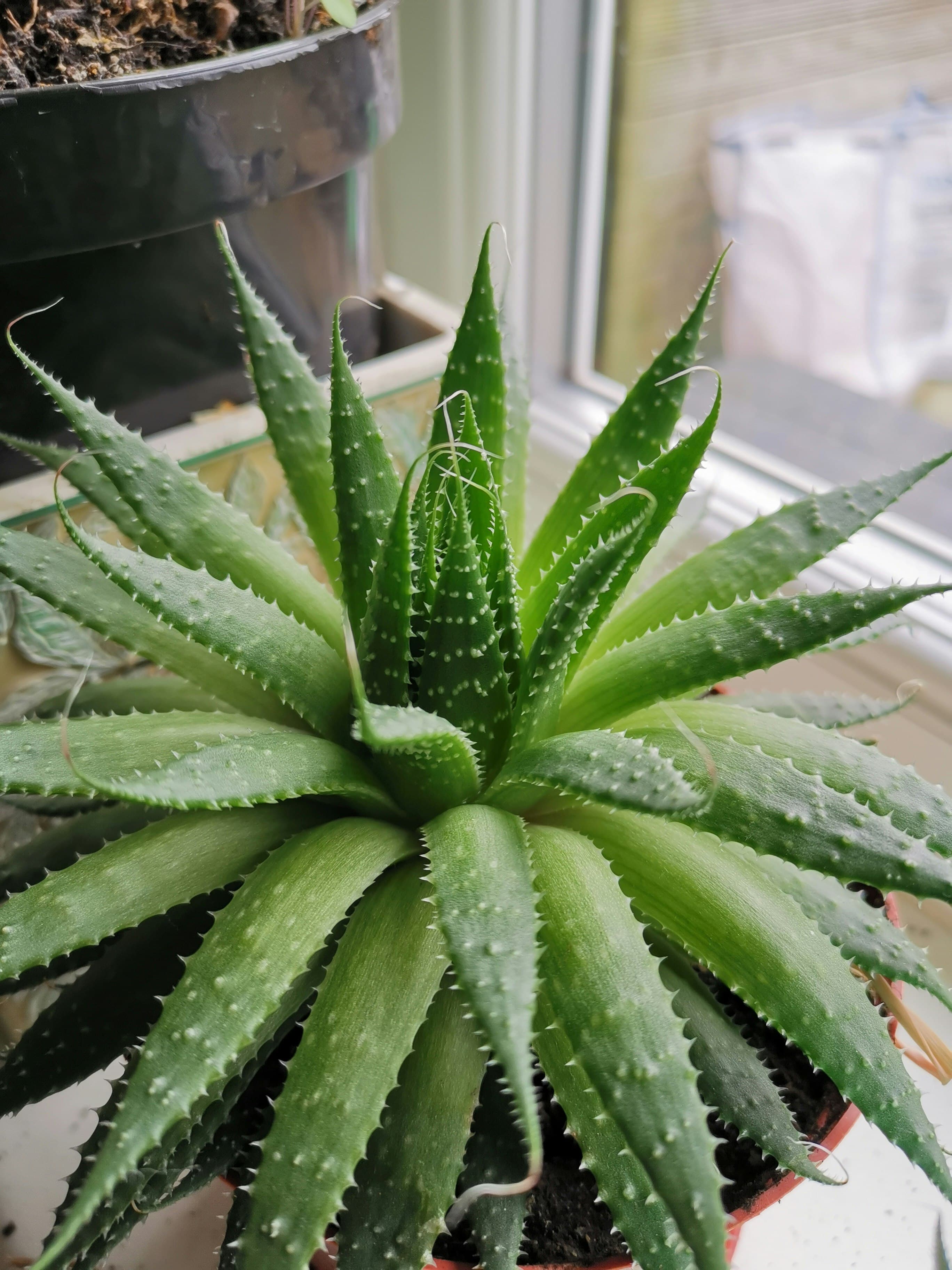
Aloe Vera
Aloe Vera is a succulent plant with thick, fleshy leaves that contain a gel-like substance. It grows in a rosette pattern and is known for its medicinal and skincare properties.

Boston Fern
The Boston Fern is characterized by its arching fronds composed of small, feathery leaflets. It provides a lush, woodland feel to indoor spaces and is a classic hanging basket plant.
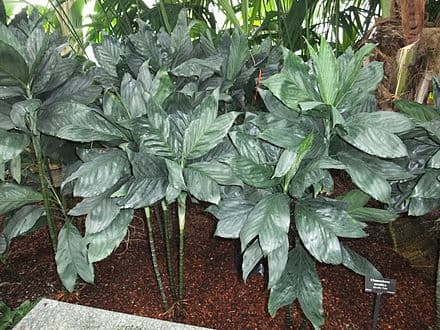
Chamaedorea metallica
Chamaedorea metallica is a small to medium-sized palm tree in the Arecaceae family, native to the dense, wet forests of southeastern Mexico, particularly Veracruz and Oaxaca. It features a solitary, slender stem that grows 2-3 meters tall with dark-greyish green leaves exhibiting a distinctive metallic blue-green sheen. The bifid or split leaves resemble a fish-tail shape, measuring 30-70 cm in length and 25-40 cm in width, developing a unique metallic sheen under proper lighting. This slow-growing, resilient plant is prized for its adaptability to indoor environments and low-maintenance requirements, thriving in its natural understory habitat which grants tolerance for lower light conditions.
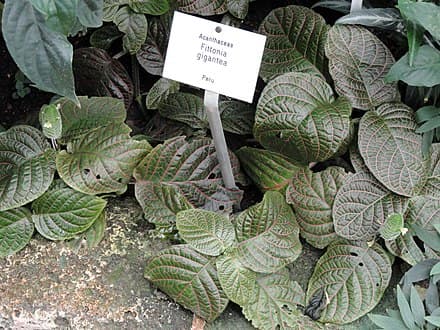
Fittonia gigantea
Fittonia gigantea, commonly known as the Giant Nerve Plant, is a large evergreen perennial native to tropical rainforests of Ecuador and Peru. It features striking dark green oval-shaped leaves up to 16 cm long with prominent red or dark red veins resembling a nervous system. Growing up to 80 cm tall, it forms purple stems that may arch and root into the ground. This slow-growing plant is primarily cultivated indoors for its decorative foliage and rarely blooms in cultivation. The plant produces distinctive cream-colored labiate flowers arranged in vertical spikes, followed by loculicidal capsules containing seeds.
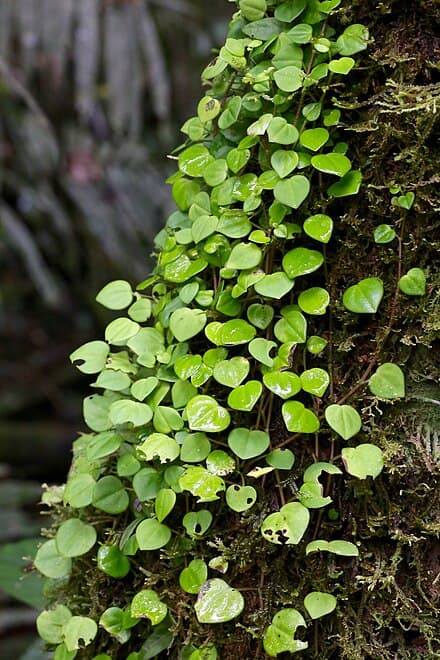
Peperomia serpens
Peperomia serpens is a semi-succulent, trailing perennial plant native to Central and South America. It features bright green, glossy, heart-shaped leaves resembling Pothos foliage and thick, light pink stems. The plant grows 1-2 feet long and up to 6 inches tall, with a trailing habit ideal for hanging baskets or terrariums. It produces spikes of white or greenish flowers during summer, which can bloom indoors, adding decorative appeal. Taxonomically complex, its name has been historically misapplied to Peperomia dimota and Peperomia subrotundifolia, and it is often confused with Peperomia nitida and Peperomia scandens due to similar growth patterns. The Royal Horticultural Society's Award of Garden Merit for 'Peperomia scandens' adds to the confusion, as it remains unclear whether this recognition applies to P. serpens or P. nitida.
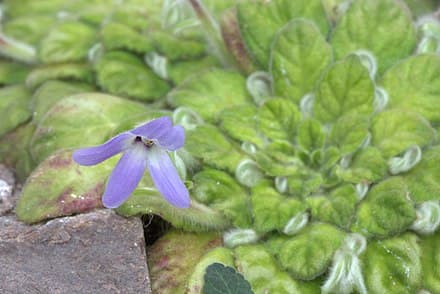
Petrocosmea kerrii
Petrocosmea kerrii is an evergreen perennial houseplant in the Gesneriaceae family, forming low rosettes with fleshy, velvety-hairy leaves that are rich green with purple hints. Its distinctive white to purple-tinged tubular or bell-shaped flowers bloom in clusters beneath the foliage, contrasting with other Petrocosmea species. Native to Southwest Yunnan (China) to Northern Indo-China, it grows naturally on cliffs and moss-covered rocks. The plant reaches 15-25 cm in width at maturity and features a compact, single-crown growth habit ideal for tabletops.
- LightModerate to bright, indirect
- WaterVaries by species
- Common IssuesUnderwatering, pest damage
Recommended For:
Getting Started with Pet Friendly
Pet-friendly plants are non-toxic and safe for homes with cats, dogs, and other pets. These plants have been carefully selected to ensure they won't cause harm if accidentally ingested by curious pets. While these plants are considered safe, it's still best to discourage pets from chewing on them to prevent digestive upset.
